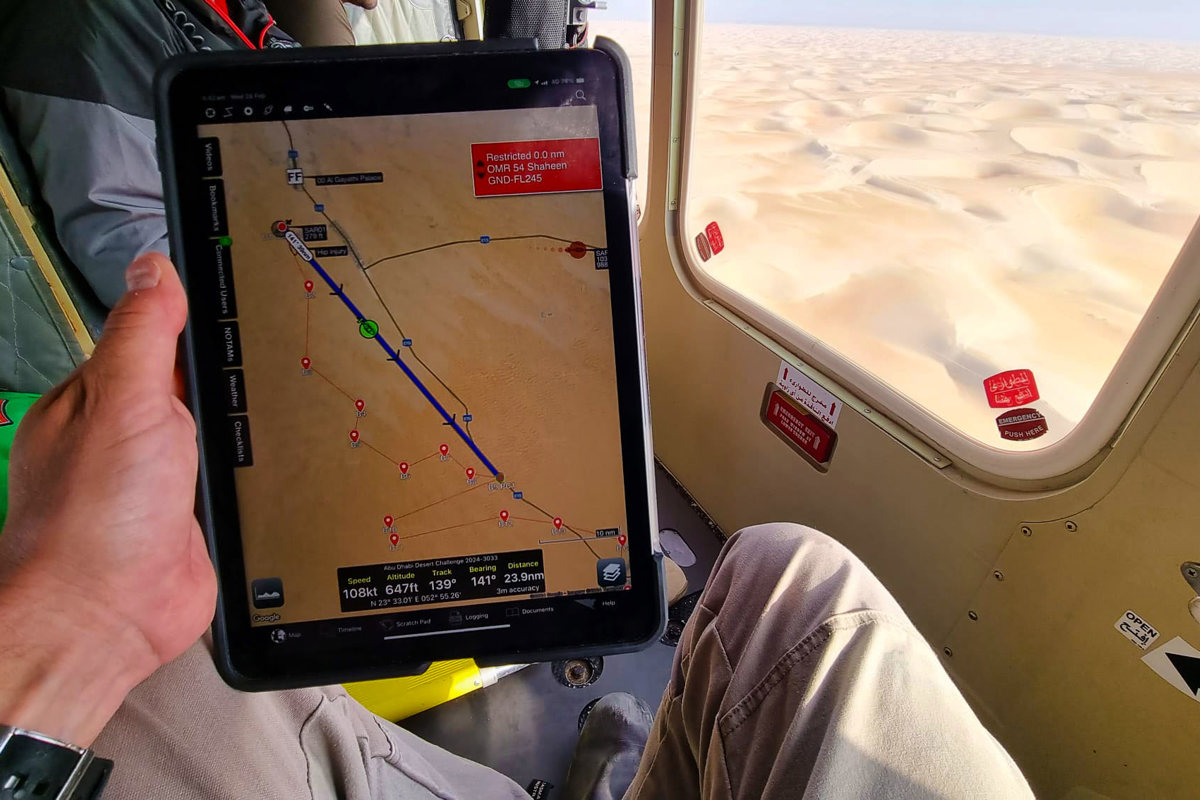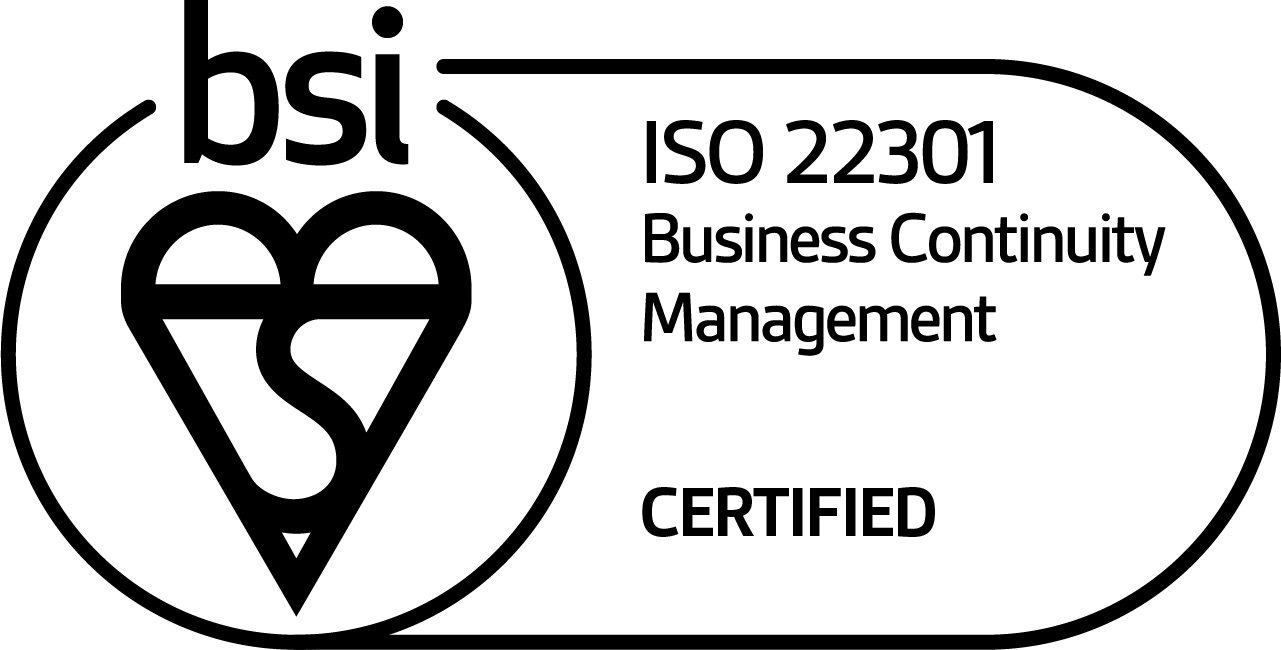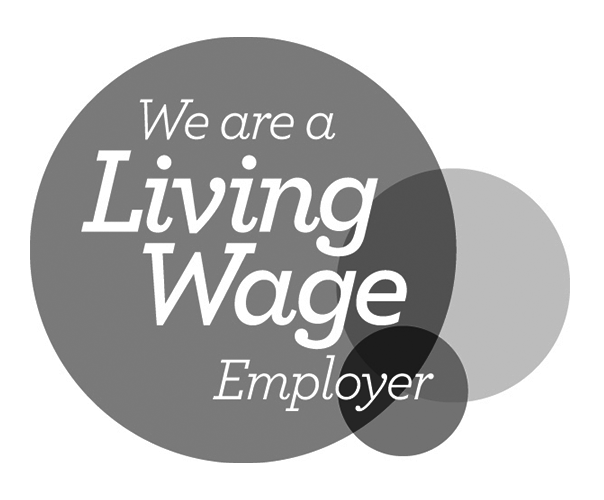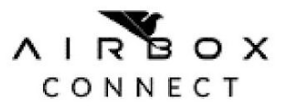
Desert Race Rescue Part 3: Leading the field
17 July 2024The Emirates Motorsport Organisation doesn’t just coordinate one of the most extreme desert races in the world, it also provides its own rescue service.
Safe racing is no accident
Late February 2023. In the desert of the so-called Empty Quarter of the United Arab Emirates, a brightly coloured Toyota Gazoo Racing DKR Hilux T1+ streaked across the rock and sand, leaving a plume of dust behind it as it charged towards the finish line of the third stage of the world-famous Abu Dhabi Desert Challenge.
At the wheel, multiple world-champion driver Nasser Al-Attiyah picked his line, directed by co-driver Mathieu Baumel. Having built up nearly 20 minutes of clear space between themselves and their nearest competitor, their specially equipped 400hp cross-country rally car was in top form and in top gear. But it was their safety cell, not the 3.5 litre twin-turbo V6 engine, that they would be most grateful for by the end of the day.
An unsighted step in the sand was all it took to start the accident sequence. After getting briefly airborne, the car’s nose dug in hard and the vehicle was instantly catapulted back into the air again, tumbling end over end a further two times before coming to rest. Miraculously, on all four wheels and somehow still drivable.
The roll cage, while damaged, had done its job. Al-Attiya and Baumel were uninjured, but the car had not fared as well, leaning over to one side with holes torn into the chassis. Despite still being in first place when their shattered vehicle limped across the finish line, they had no way to repair the damage and reluctantly retired from the competition.
Accidents of this magnitude are extremely rare, and that is thanks to the safety focus of the Emirates Motorsport Organisation (EMSO), who are the governing body and the organisers of the Abu Dhabi Desert Challenge. A huge part of arranging such a complex competition though, is preparing just in case.
Had luck not intervened and landed Al-Attiya and Baumel back on their wheels in 2023, they would almost certainly have needed to call on EMSO’s fully-primed team of doctors, medics, pilots and support staff, who were ready and waiting to come to their rescue.
EMSO don’t just organise a race, they also provide a fully-fledged helicopter Search And Rescue service.
Racing position
It’s no small task. With their three Bell 412s, the Abu Dhabi Desert Challenge alone has the same number of SAR helicopters as the entire country of Iceland. As well as the aircraft, the pilots and medics with the appropriate experience and qualifications must also be available. And as with any other SAR organisation, a Rescue Coordination Centre is required to ensure the right assets are in the right place at the right time, to be ready to respond at a moment’s notice.
As the EMSO Chief Medical Officer, Dr Sean Petherbridge leads the team.
“You definitely feel like you’re achieving something,” he said. “You put the whole system together and then dismantle it again at the end of the week.”
With the course arranged in stages and start times are divided by vehicle class, ensuring that the SAR aircraft are appropriately positioned is essential.
“We leapfrog the aircraft around the desert,” explained Petherbridge. “That way they are always close by should anything happen.”
The incidents themselves vary. It’s not uncommon for the motorbikes in particular to run out of fuel in the desert and require assistance, but in the case of injuries, it’s vital that medical personnel are on hand to assess what immediate treatment is required.
“We get things like broken ankles,” said Petherbridge. “And there are good clinical reasons that you might leave the biking boots on rather than taking them off and adding a splint.”
While running out of fuel might be embarrassing for the competitors, it would be a much more serious problem in an aircraft. So as the logistical assets move to keep up with the race, it’s vital that the helicopter crews are kept up to date with the location of their own support and supplies.
“We have different refuelling sites and different bases,” explained Petherbridge. “So we need to be precise with where things are.”
On your marks
Coordinating the constantly moving SAR assets and their support, Dr Petherbridge has a top-down view of the entire rescue operation that he can literally pick up and take with him, courtesy of the Airbox ACANS system on a digital tablet.
Local area maps can be downloaded to the devices, or taken straight from a Google Maps feed, and overlaid with the race course or any other pertinent geographical information.
ACANS also provides built-in aeronautical navigation tools, making route planning to and from fuel sites and hospitals safer and faster. And with each aircraft equipped with a tablet, Petherbridge can see their position on his screen in rally control, and the helicopter crew themselves also have an increased awareness of where other aircraft are.
This is particularly important as the pilots ‘leap-frog’ each other to follow the progress of the race. As the helicopters moving forward often fly overhead aircraft waiting on the ground, the ACANS tracking ensures that pilots are aware of the position of other aircraft and can maintain safe separation between them.
But when an incident occurs, it is down to Petherbridge in rally control to select which aircraft to send to the rescue. Even with aircraft already in flight, it is often the helicopter on the ground, with full fuel tanks and medical supplies, that is the most appropriate to respond.
“With the constant rotation of aircraft, I sometimes have to hold the responding aircraft on the ground until the aircraft going overhead is clear,” explained Petherbridge. “The tracking system on the cars updates every three minutes, so if we used that for the aircraft I’d have to wait an extra three or four minutes to be sure it is not a hazard.”
It is at these critical moments that the precise, real-time operating picture provided by ACANS comes into its own.
“With ACANS I can track them in real-time, so I can lift the rescue aircraft as soon as the other one is clear,” said Petherbridge. “That saves our response time.”
With ten rescues over five days of the event and even an impromptu change of aircraft type when one developed a technical hitch, the EMSO SAR team were certainly kept busy during the 2024 Abu Dhabi Desert Challenge. But for Dr Petherbridge and the team, it’s not so much a case of ‘job well done’ as ‘now how do we get even better?’
“It’s about making the case for safety, and understanding how to save time,” he explained. “Our average response time to the scene is 12 minutes exactly. That’s better than London or New York, so it’s pretty good for the middle of the desert!”









